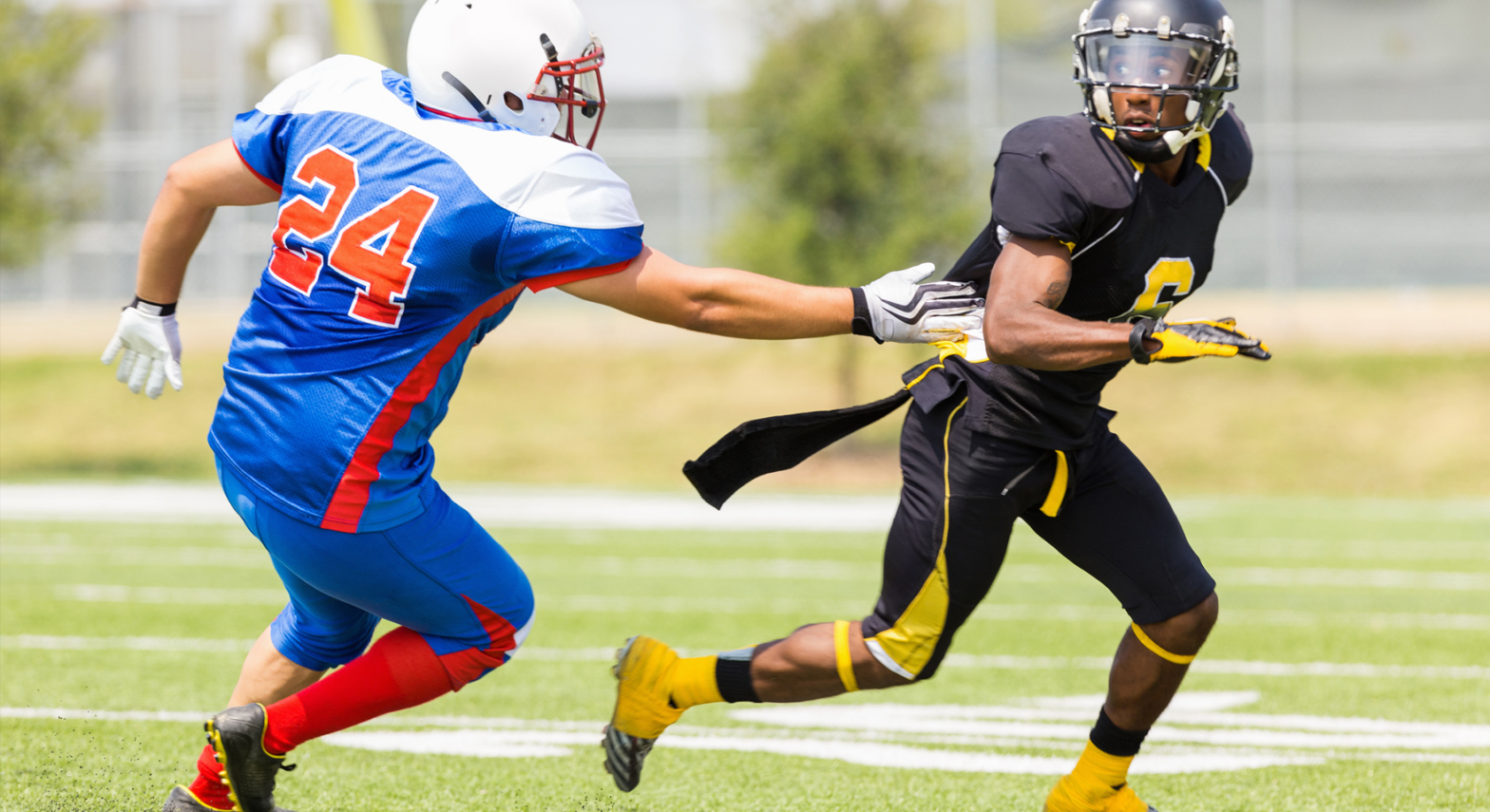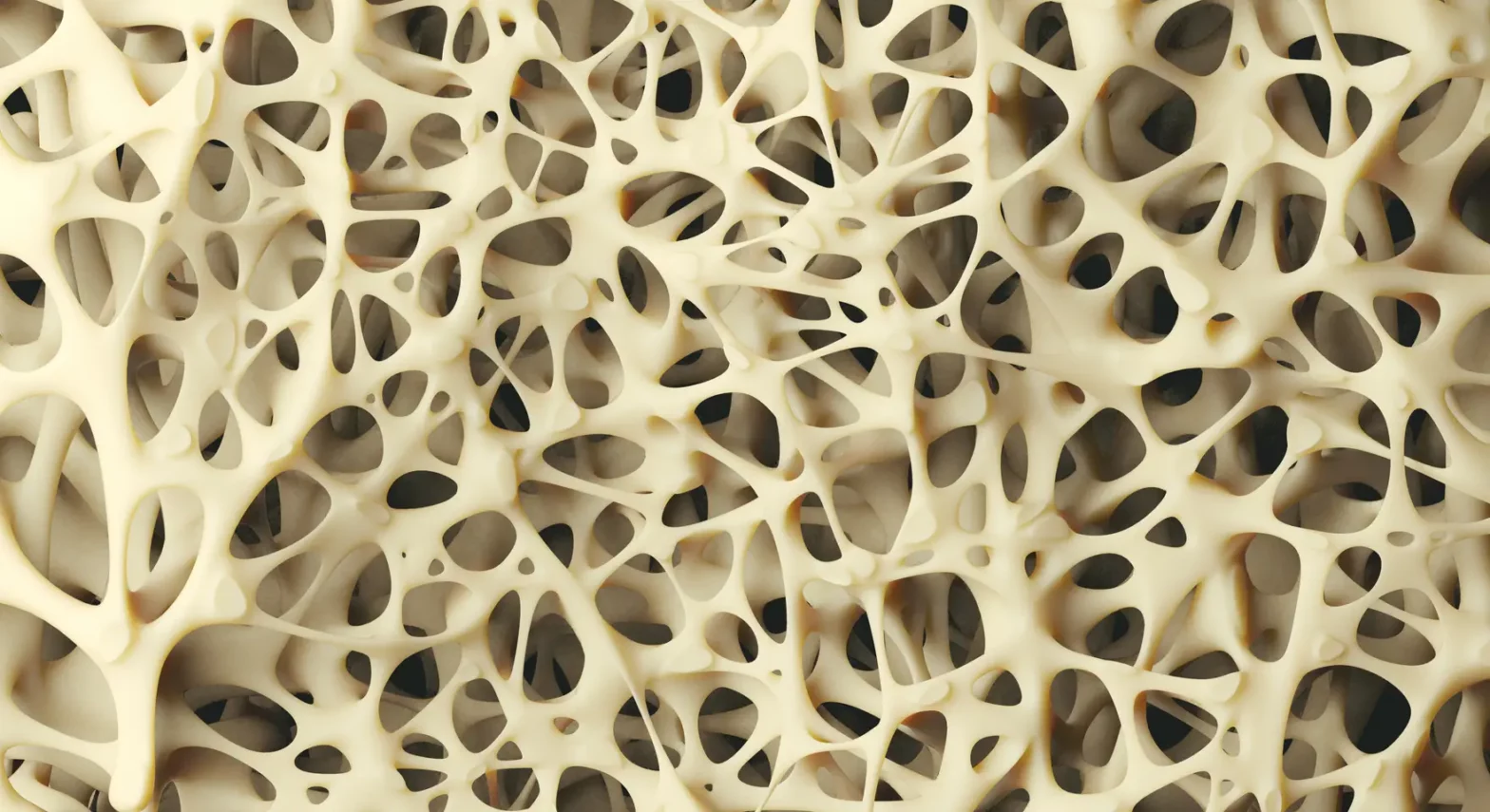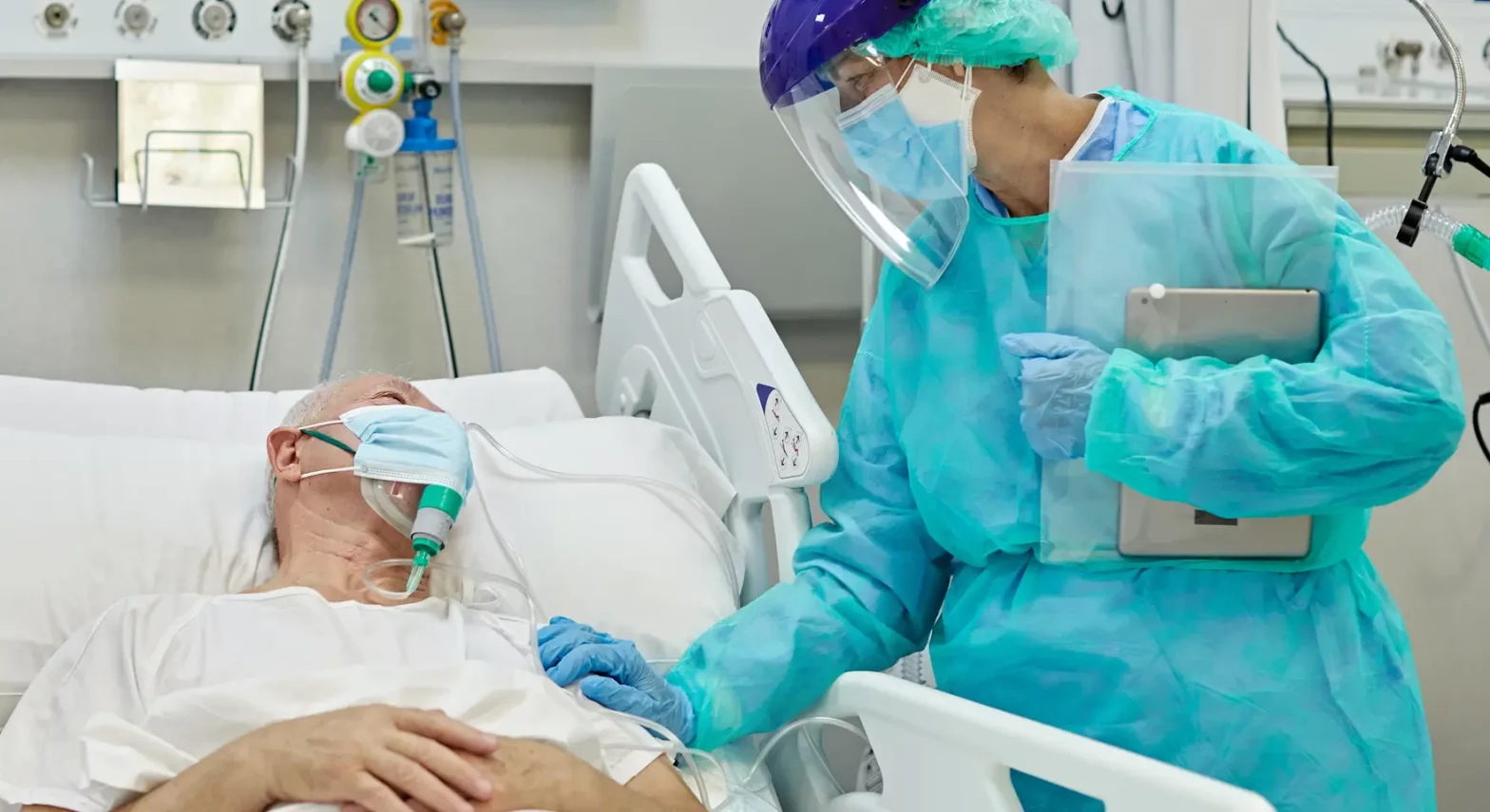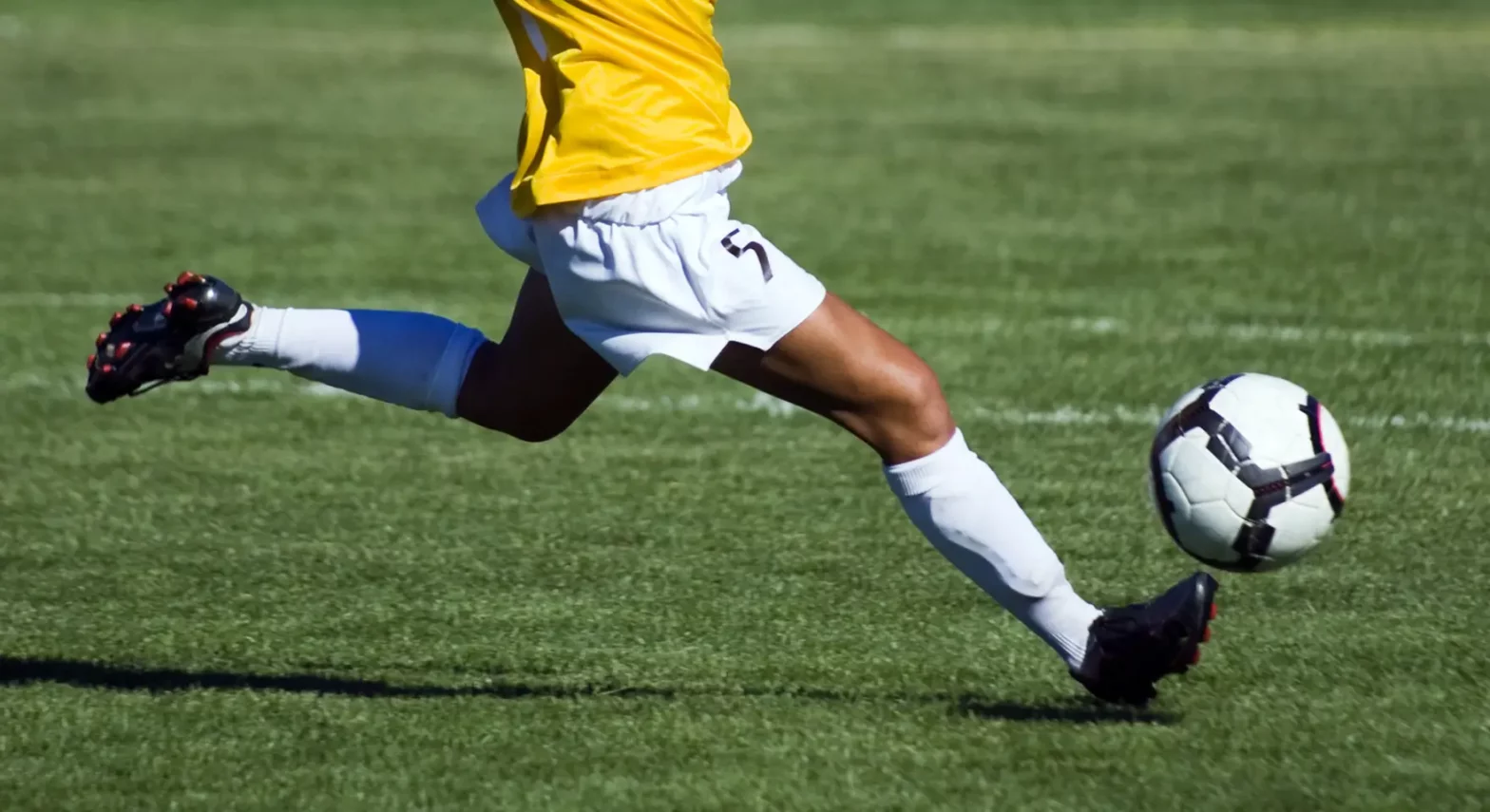May 30th, 2023
Returning to Sports After ACL Reconstruction

Located in the middle of the knee, the anterior cruciate ligament (ACL) is an integral part of this joint[1]. Because of its location, the ACL is tasked with keeping the bones in the upper leg (the thigh bone) and the bones in the lower leg (the shin bone) in place. The ACL works with another ligament called the posterior cruciate ligament (PCL), which is located just behind it. Due to its ability to stabilize bones in the leg, the ACL also helps limit dangerous and injury-causing movements such as rotation of the knee and forward movement of the lower leg. As you can imagine, there are many ways the body is at risk when the ACL is injured.
Expert Insight
Returning to Sports after ACL Reconstructon - J. Field Scovell, III, MD
ACL injuries are quite common in the United States. Around 1 in 3,500 people experience an injured ACL[2]. Between 100,000 and 200,000 people rupture (or tear) their ACL each year[3]. ACL reconstruction surgery may be the best treatment option for some people who have damaged this ligament. Surgery is usually recommended for people who sustain any ACL tear that makes the knee unstable or unsafe to put weight on. Between 10 and 27% of people who have ACL injuries experience partial tears, but this does not necessarily exclude them from surgery[4]. Though partial tears are less common than full tears, a reconstructive procedure may be the most effective way to help either injury depending on a person’s job or level of physical activity. For example, doctors often recommend ACL reconstruction surgery for individuals with very active jobs or those who are athletes.
It is estimated that 65% of ACL reconstruction surgeries are performed on athletes[5]. With how common it is, it’s good to know that this surgery has a fairly high success rate for athletes. Research shows that around 80% of patients return to sports in general after ACL reconstruction surgery[6]. Studies also state that 65% of athletes achieve the same level of sports participation they had before their injury. Around 55% of athletes eventually resume high-performance or competitive sports. These numbers are higher for younger patients, with 96% of athletes 14 years or younger returning to their sport of choice at the same skill level after ACL reconstruction surgery[7].
Between 1 and 2 weeks after surgery, the goal of rehabilitation is to manage swelling, begin early mobilization of the joint, and start with basic strengthening exercises. Patients will be instructed to keep their knee straight and elevated whenever possible. Whenever changing positions, patients should support their knee and avoid pivoting with the knee that was operated on. Patients can begin walking at this point with the help of crutches or a brace. At this point, patients may be given some of the following exercises: calf raises, straight leg raises, seated knee flexion and extension, and hamstring stretches. During this point in a patient’s recovery, some therapists also recommend upper body exercises such as arm cycling to keep the body active.
As long as patients are able to tolerate these exercises, they can progress to the next phase that includes exercises such as hamstring curls, partial squats followed by ball squats and wall slides, bridges, clamshells, and hip hikes. Beginning in this phase, therapists will also lead patients through balance exercises, including single leg standing and lateral step-overs. Self-stretching is also important during this time so patients can avoid stiffness that may impact their recovery. Between 6 and 8 weeks after surgery, patients will begin participating in cardiovascular activities including using the elliptical or stair climber and jogging in the pool. At this time, patients will also practice more difficult strengthening exercises such as lateral lunges and Romanian deadlifts as well as other single leg activities including single leg wall slides, single leg squats, and single leg step downs.
Between 9 and 12 weeks after surgery, patients continue with the same exercises from the previous phase with more focus on proper movement patterns. Once patients reach the 3-month mark after their surgery, they will begin interval running programs. This involves high-intensity running followed by walking, low-intensity running, or rest periods. By alternating between these two types of exercises, patients can participate in higher intensity workouts without risking injury or overuse. This also allows patients recovering from ACL reconstruction surgery to limit the amount of time they are engaging in exercise. At the end of this phase, most patients will get clearance from their doctor as long as their swelling has gone down, their surgical wound has healed, and they can functionally use their knee during standard daily activities such as driving and climbing stairs.
Once someone gets medically cleared by their doctor, which is usually around the 5- or 6-month mark, they can return to sports without any limitations. It is recommended that athletes begin with non-contact practice, progress to full practice, and then enter full play by around 9 months. If necessary in their sport, athletes can begin hard cutting and pivoting around 7 months after their surgery. Any remaining rehabilitation should focus on continued ease and smoothness of movements, also known as agility training. Some of these exercises will also include plyometric training, which involves various levels of force and speed to build muscle strength.
The recovery process is not always straightforward, as other medical conditions and orthopedic concerns may complicate rehabilitation. However, many athletes experience successful recoveries after ACL reconstruction surgery. Someone’s ability to return to their sport of choice after ACL reconstruction does vary, but research shows that around 90% of people who undergo this procedure have normal or almost normal knee function afterwards[8]. If you have specific concerns about ACL reconstruction surgery, the rehabilitation process, or your ability to return to sports, it’s best to speak with your doctor so you can decide on the best treatment and recovery options for you.
Find an Orthopedic Doctor in Your Area





